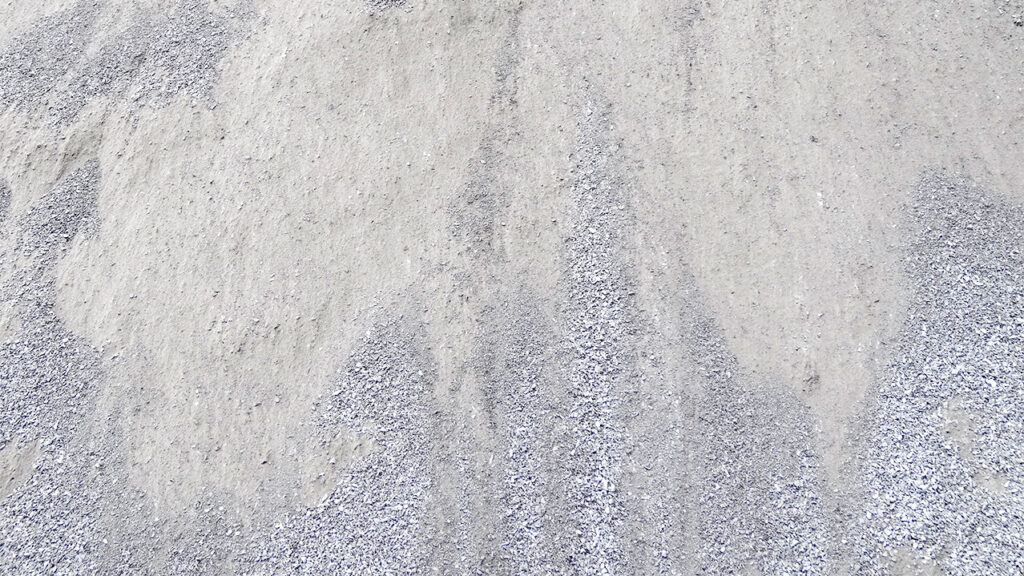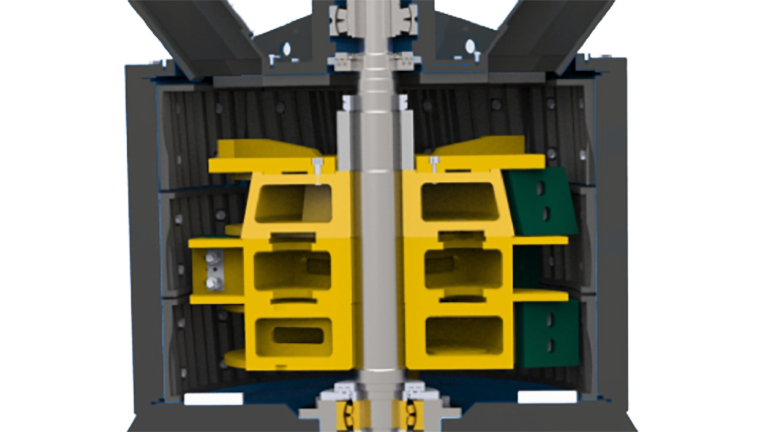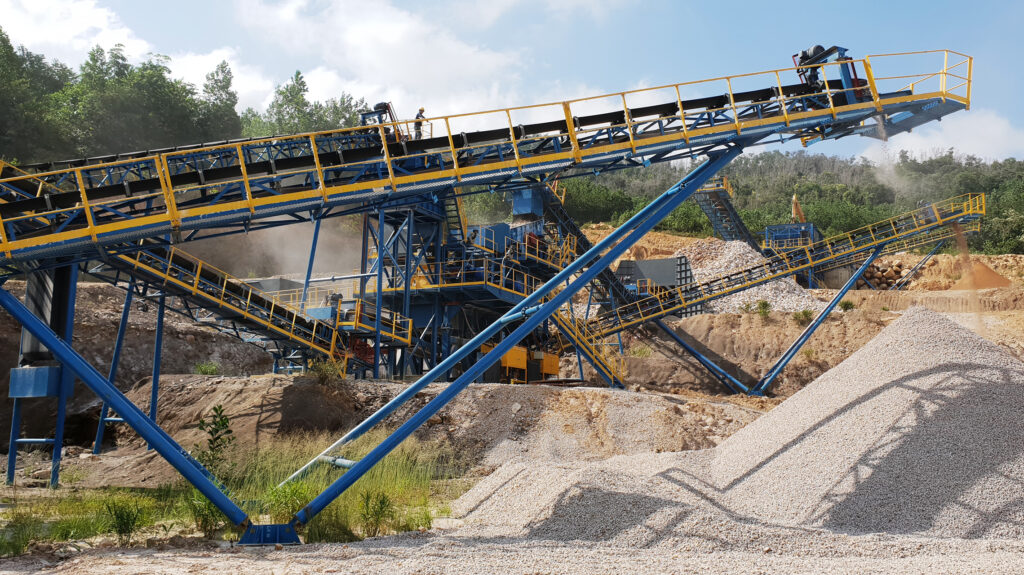What is Quarry Dust or Crusher Dust?
Quarry dust, also known as crusher dust or rock dust, is a finely crushed stone material that results from the mechanical crushing of rocks, such as granite, limestone, or basalt. The size of quarry dust particles can vary widely depending on the specific quarrying and crushing processes used. Generally, the particle size distribution of quarry dust ranges from small fines to larger, coarse particles.
The particle size distribution of quarry dust is typically graded, meaning it consists of a mixture of different particle sizes. The finer particles are often referred to as fines, while the larger particles can be referred to as aggregates. The specific size distribution can depend on factors such as the type of rock being crushed, the crushing equipment used, and the intended use of the quarry dust.
In construction and landscaping applications, the particle size of quarry dust can typically range from very fine particles (similar to the texture of sand) to larger particles that might resemble small gravel. It’s important to note that the specific particle size distribution of quarry dust can vary from one source to another, and it’s recommended to check with the quarry or supplier for precise information about the particle size distribution of the quarry dust they provide.
Crusher dust, a byproduct of the quarrying process, might seem like an inconspicuous material, but its versatility and practicality have made it a valuable resource in various construction and landscaping endeavors. Often regarded as a humble secondary product, crusher dust has found its way into a multitude of applications, from enhancing structural stability to beautifying outdoor spaces. In this article, we’ll dive deeper into the myriad uses and benefits of this unassuming substance.
A Multitude of Uses for Crusher Dust
Base for Pavers and Flagstones: The stable, compacted nature of crusher dust makes it an excellent choice as a base layer for pavers and flagstones. By providing a reliable foundation, it minimizes the risk of shifting and settling over time, ensuring a lasting and level surface.
Soil Enhancement in Gardening: Gardeners find value in crusher dust as a soil amendment for clay soils. Its ability to break up compacted soil and enhance drainage and aeration contributes to healthier plant growth.

Supporting Retaining Walls: When used as a backfill material behind retaining walls, crusher dust assists in drainage and stability. It aids in maintaining proper water pressure and reduces the likelihood of wall failure due to excess moisture accumulation.
Utility Trenches and Bedding: For utility trenches, crusher dust serves as a dependable bedding material for pipes and utilities. This ensures uniform support for the infrastructure and mitigates the risk of uneven settling.
Effective Erosion Control: Crusher dust’s binding properties make it an excellent choice for erosion control on slopes and embankments. By resisting the erosive effects of wind and water runoff, it contributes to sustainable land management.

Landscaping Brilliance: Landscaping projects benefit from crusher dust in myriad ways. It can be used to fill gaps around paving stones, level surfaces under artificial turf, and create a compacted base for garden paths and walkways, resulting in functional and visually pleasing landscapes.
Strengthening Gravel Roads: Combining crusher dust with gravel stabilizes gravel road surfaces, reducing the loss of material due to traffic and weather. This results in smoother, more enduring roads that require less maintenance.
Soil Enhancement in Gardening: Gardeners find value in crusher dust as a soil amendment for clay soils. Its ability to break up compacted soil and enhance drainage and aeration contributes to healthier plant growth.

Equestrian Excellence: Horse arenas benefit from the cushioning properties of crusher dust, providing a stable and comfortable surface for equine exercise. It aids in reducing impact on horses’ joints while ensuring proper footing.
Masonry Magic: In masonry work, crusher dust can be a substitute for sand when mixing mortar. Its fine particles contribute to improved workability and strength of the mortar, enhancing the quality of construction projects.
Filling and Structural Integrity: Whether it’s filling gaps between bricks or reinforcing the structural integrity of various projects, crusher dust’s versatile nature makes it an effective solution.
Conclusion
Crusher dust, often overlooked in its unpretentiousness, has emerged as a crucial ally in the world of construction, landscaping, and beyond. Its adaptability, ranging from supporting infrastructure to nurturing green spaces, showcases its immense value. As we continue to innovate and explore sustainable solutions, crusher dust’s unassuming presence reminds us that even seemingly secondary materials can wield significant influence in shaping our built environment. Always consider the specific requirements of your project and consult with experts to harness the full potential of crusher dust in your endeavors.



